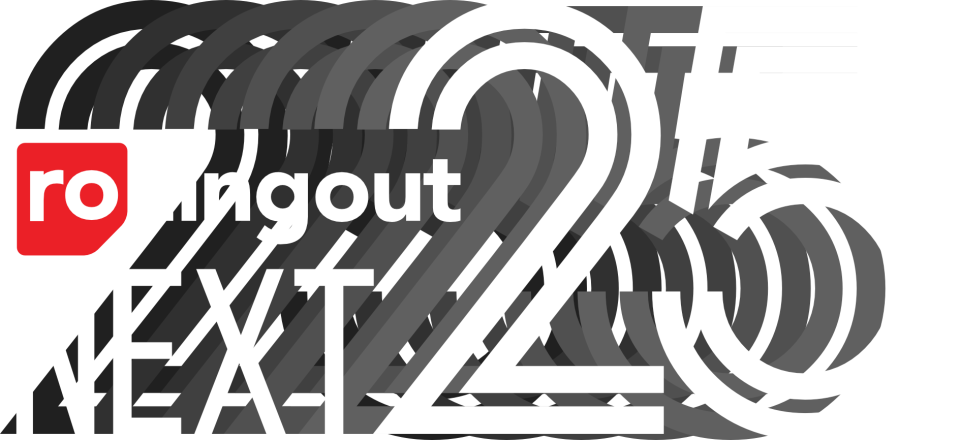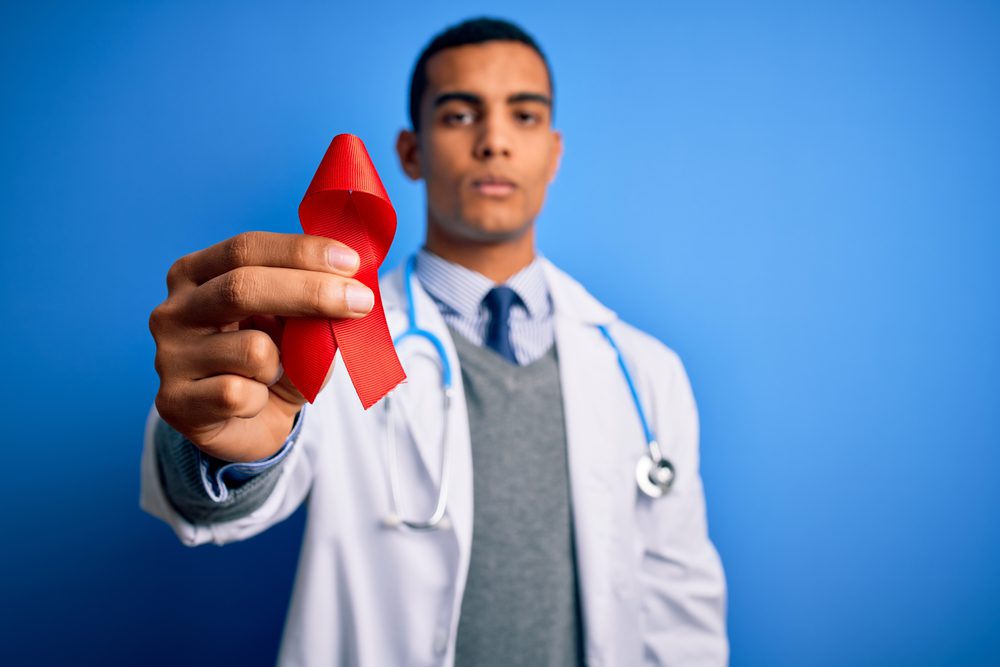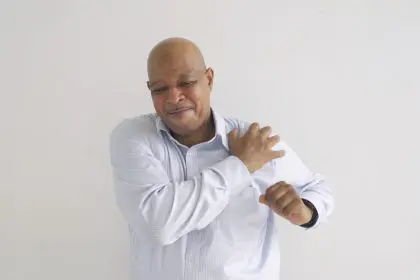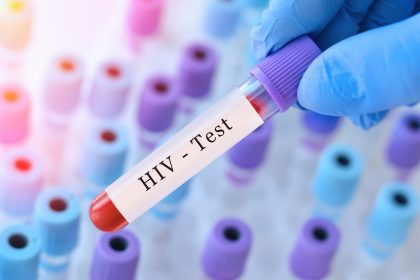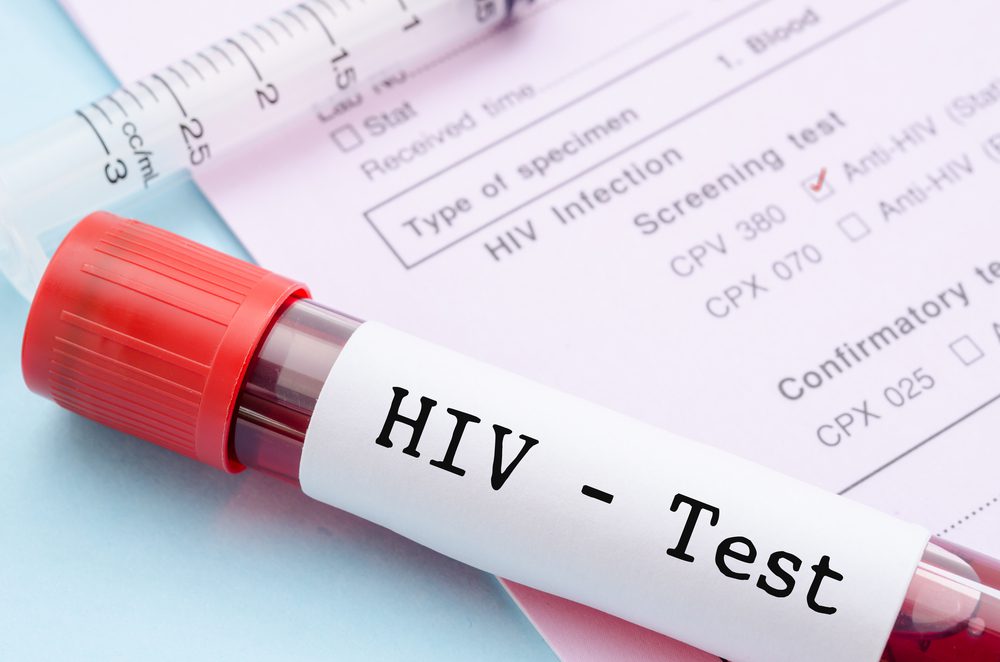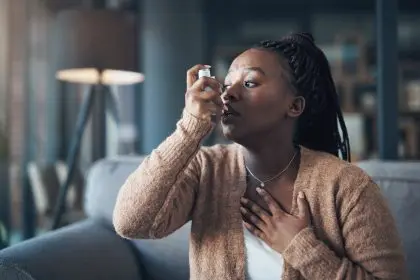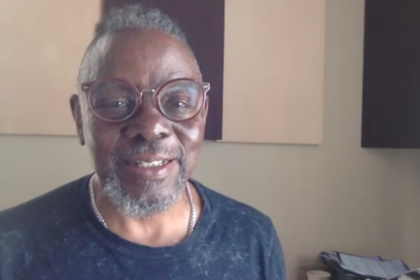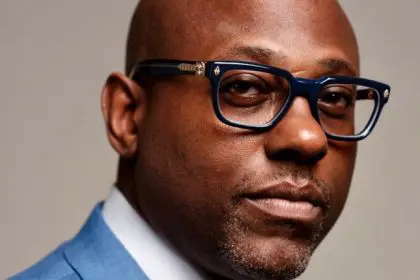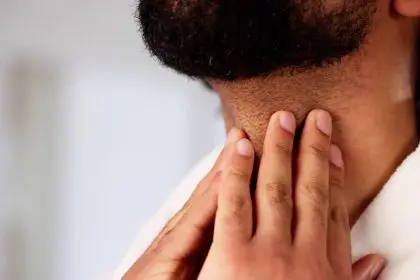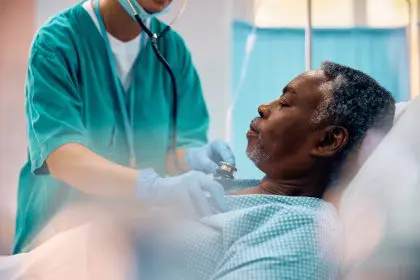Medical professionals have long recognized a troubling pattern: drug use significantly increases the risk of HIV infection. This connection affects millions worldwide, yet many people remain unaware of how these two health challenges intersect. Understanding this relationship could save lives.
Beyond needles: Understanding the risks
While many people associate HIV transmission among drug users primarily with shared needles, medical experts warn the connection runs much deeper. Drug use affects decision-making, potentially leading to various behaviors that increase HIV risk. This creates a complex web of risk factors that requires comprehensive understanding.
When judgment becomes clouded
Drug use can fundamentally alter how people make decisions about their health and safety. Medical professionals note that even occasional drug use might lead to choices that increase HIV risk. This effect extends far beyond the moment of drug use, creating patterns of behavior that raise infection risks.
The social impact of drug use
Drug use often changes people’s social circles and living situations, potentially exposing them to higher-risk environments. Healthcare workers observe that these social changes can significantly increase HIV risk, even for people who don’t inject drugs.
Understanding injection risks
For those who inject drugs, the risks become even more direct. Medical experts explain that sharing any injection equipment, not just needles, can transmit HIV. This includes other supplies that might contain even tiny amounts of blood.
The myth of “just this once”
Healthcare providers emphasize that it only takes one exposure to HIV for infection to occur. Many people falsely believe occasional sharing of drug equipment carries minimal risk, but medical evidence shows otherwise.
Breaking barriers to care
People who use drugs often face significant obstacles when seeking medical care. Fear of judgment, legal consequences, or discrimination can prevent them from accessing crucial HIV prevention services and treatment.
The role of healthcare providers
Medical professionals increasingly recognize the need for non-judgmental, comprehensive care for people who use drugs. This approach helps people feel comfortable seeking HIV testing, prevention services, and treatment.
Prevention strategies that work
Research shows several effective approaches to preventing HIV transmission among people who use drugs. These strategies focus on both reducing drug-related risks and preventing HIV transmission.
The power of harm reduction
Harm reduction programs provide practical tools and support to reduce HIV risk among people who use drugs. These programs take a realistic approach to helping people protect their health.
Testing makes a difference
Regular HIV testing remains crucial for early detection and treatment. Healthcare providers emphasize that knowing your status helps protect both individual and public health.
Treatment as prevention
Modern HIV treatments can effectively prevent transmission when taken as prescribed. This approach works even for people who continue to use drugs, making it a crucial part of prevention efforts.
Community support matters
Support from family, friends, and community organizations plays a vital role in helping people access HIV prevention services and treatment. This support network can make a crucial difference in health outcomes.
Breaking down stigma
Medical experts emphasize that stigma around both drug use and HIV creates barriers to prevention and treatment. Addressing these stigmas helps more people access the care they need.
The role of mental health
Mental health support often proves crucial for addressing both drug use and HIV prevention. Healthcare providers increasingly recognize the need to treat mental health alongside other health concerns.
Economic factors
Financial barriers can prevent people from accessing HIV prevention services and treatment. Understanding and addressing these economic challenges helps create more effective prevention programs.
Housing and stability
Stable housing makes it easier for people to maintain HIV prevention and treatment routines. Healthcare workers observe better outcomes among people with stable living situations.
Education and awareness
Accurate information about both drug use and HIV helps people make informed decisions about their health. This knowledge proves especially important for young people and those at higher risk.
Looking forward
Medical advances continue improving HIV prevention and treatment options. These developments offer hope for reducing HIV transmission among people who use drugs.
Taking action
Everyone can play a role in preventing HIV transmission related to drug use. Whether supporting loved ones or advocating for better services, individual actions make a difference.
Remember, preventing HIV transmission among people who use drugs requires understanding, compassion, and practical support. By working together and implementing evidence-based strategies, communities can help reduce HIV transmission and support better health outcomes for everyone affected.
